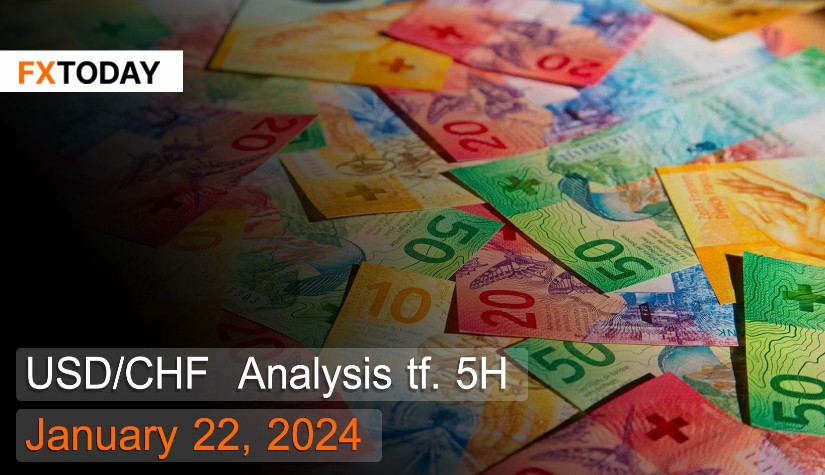The economy of Switzerland remains fragile.
The Swiss Franc continues to depreciate steadily since the beginning of the past year, despite the country's inflation rate decreasing to the target range set by the Swiss National Bank. However, the producer price index, a leading economic indicator, has consistently declined, potentially leading to another bout of negative inflation similar to the periods before COVID-19 and the Russo-Ukrainian War. This necessitates investors to closely monitor other economic data.
The trade surplus in Switzerland increased by 2.8 billion Swiss Francs in January. This was mainly due to a rapid decrease in imports, contrasting with a slight decrease in exports. Export figures decreased by 1.6%, amounting to 21.2 billion Swiss Francs. Most exports were driven by automobile and metal sales, with significant declines noted in exports to Russia, Mexico, and Austria.
Import figures contracted rapidly by 9.3%, totaling only 18.4 billion Swiss Francs. This was largely attributed to substantial decreases in chemical and pharmaceutical purchases by 19.6%, and vehicle imports by over 16.4%. Additionally, a sharp decline in tourist arrivals was observed in several countries including South Korea, Ireland, Russia, and Canada, with a decrease of over 45%.
The producer price index decreased by 2.3% year-on-year in January, marking the 9th consecutive monthly decline and the largest drop since December 2020. This was due to continuous reductions in import costs for various companies, leading to decreased costs for various goods.
The inflation rate in Switzerland decreased by 1.3% year-on-year in January, lower than the market's forecast of 1.7%. The underlying inflation rate, excluding food and energy prices, also decreased by 1.2% due to delayed price adjustments for goods and services in several industries. Furthermore, it was pressured by interest rates, leading to overall economic slowdown.
Consumer confidence index in Switzerland improved to -41 in January, up from its lowest point of -53 in October. However, the consumer confidence index remains significantly below average, reflecting consumer concerns about personal finances and uncertain expenses. Additionally, there are concerns about the overall economy's performance and increased risk of job losses.
Techical analysis data (5H)
Resistance: 0.8803, 0.8814, 0.8821
Source: Investing.com
Buy/Long 1: If the price touches support in the price range of 0.8778 - 0.8785 but cannot break the support at 0.8785, you may set a TP at approximately 0.8814 and SL at around 0.8767 or according to your acceptable risk.
Buy/Long 2: If the price breaks the resistance in the price range of 0.8803 - 0.8814, you may set a TP at approximately 0.8821 and SL at around 0.8778 or according to your acceptable risk.
Sell/Short 1: If the price touches resistance in the price range of 0.8803 - 0.8814 but cannot break the resistance at 0.8803, you may set a TP at approximately 0.8778 and SL at around 0.8821 or according to your acceptable risk.
Sell/Short 2: If the price breaks the support in the price range of 0.8778 - 0.8785, you may set a TP at approximately 0.8767 and SL at around 0.8814 or according to your acceptable risk.
Pivot point February 22, 2024 10:56 AM. GMT+7
|
Name
|
S3
|
S2
|
S1
|
Pivot Points
|
R1
|
R2
|
R3
|
| Classic | 0.8767 | 0.8778 | 0.8785 | 0.8796 | 0.8803 | 0.8814 | 0.8821 |
| Fibonacci | 0.8778 | 0.8785 | 0.8789 | 0.8796 | 0.8803 | 0.8807 | 0.8814 |
| Camarilla | 0.8787 | 0.8789 | 0.879 | 0.8796 | 0.8794 | 0.8795 | 0.8797 |
| Woodie's | 0.8765 | 0.8777 | 0.8783 | 0.8795 | 0.8801 | 0.8813 | 0.8819 |
| DeMark's | - | - | 0.8782 | 0.8794 | 0.88 | - | - |
















